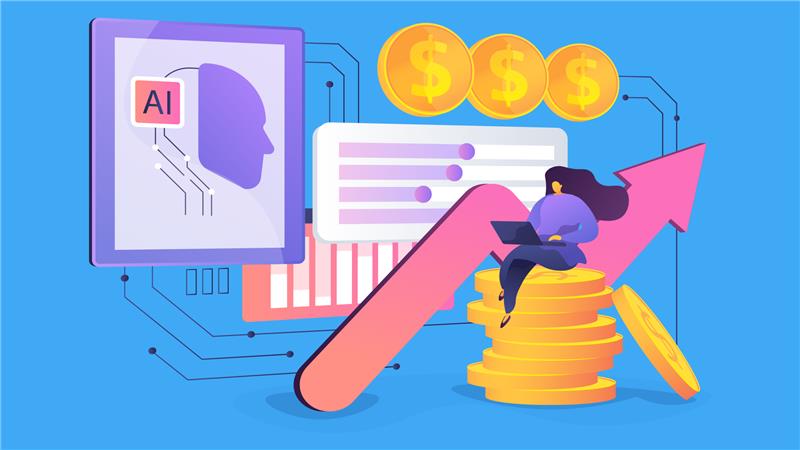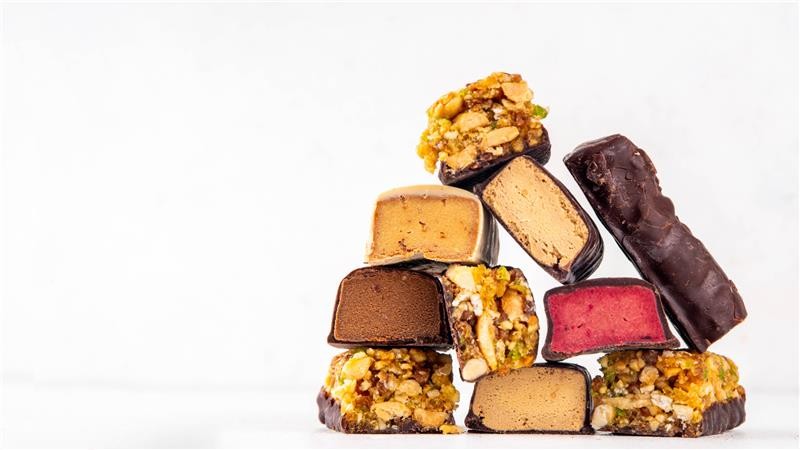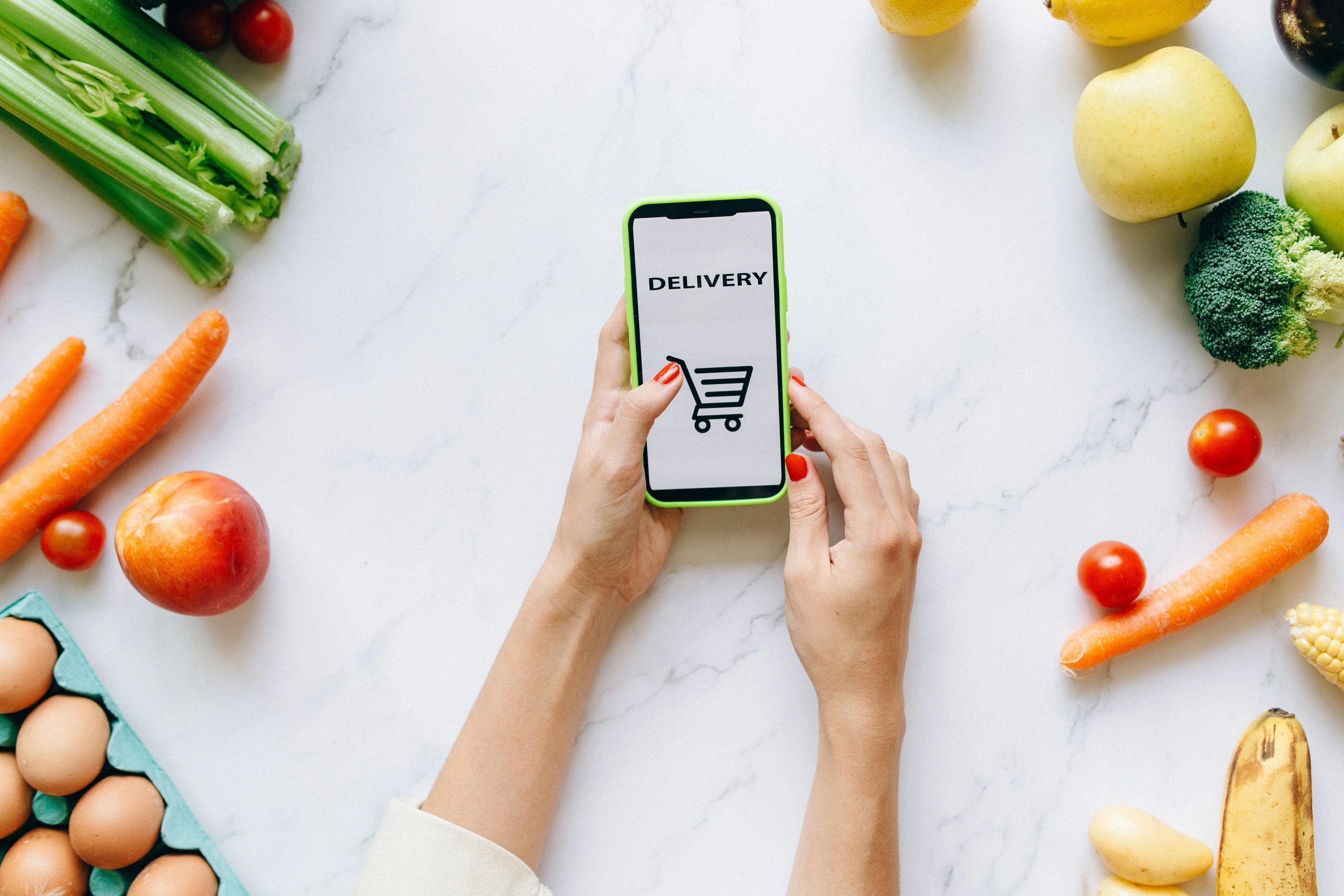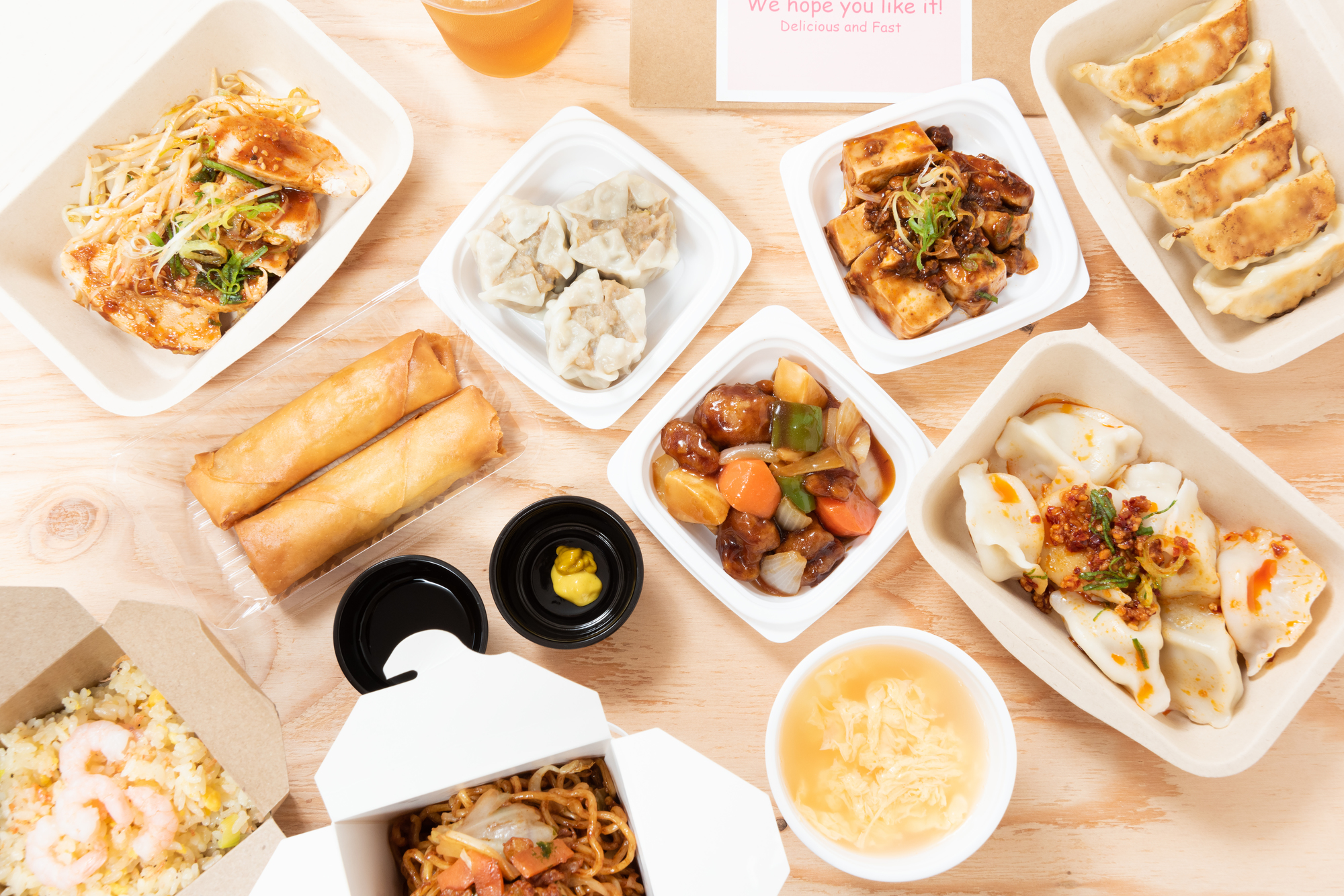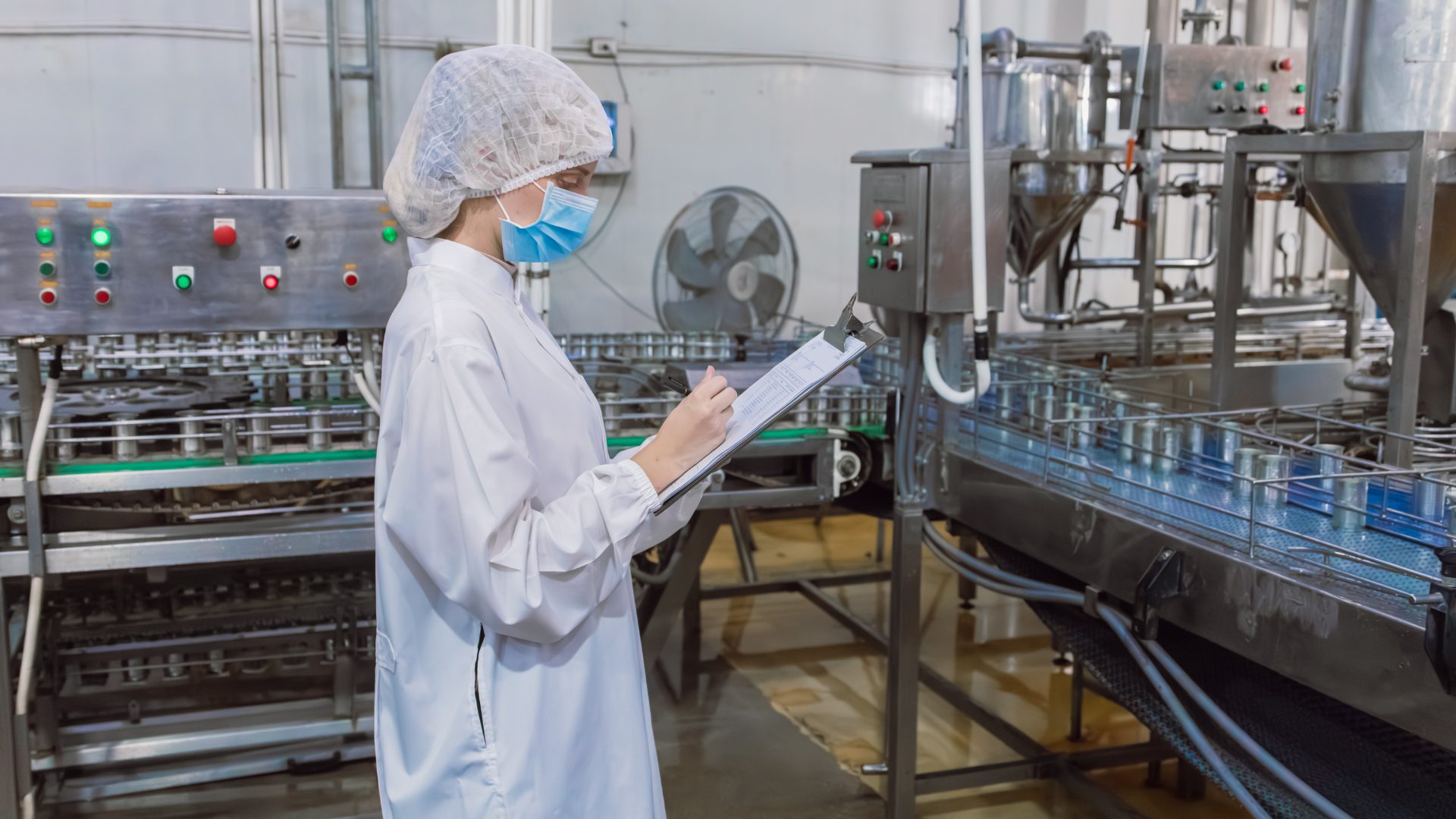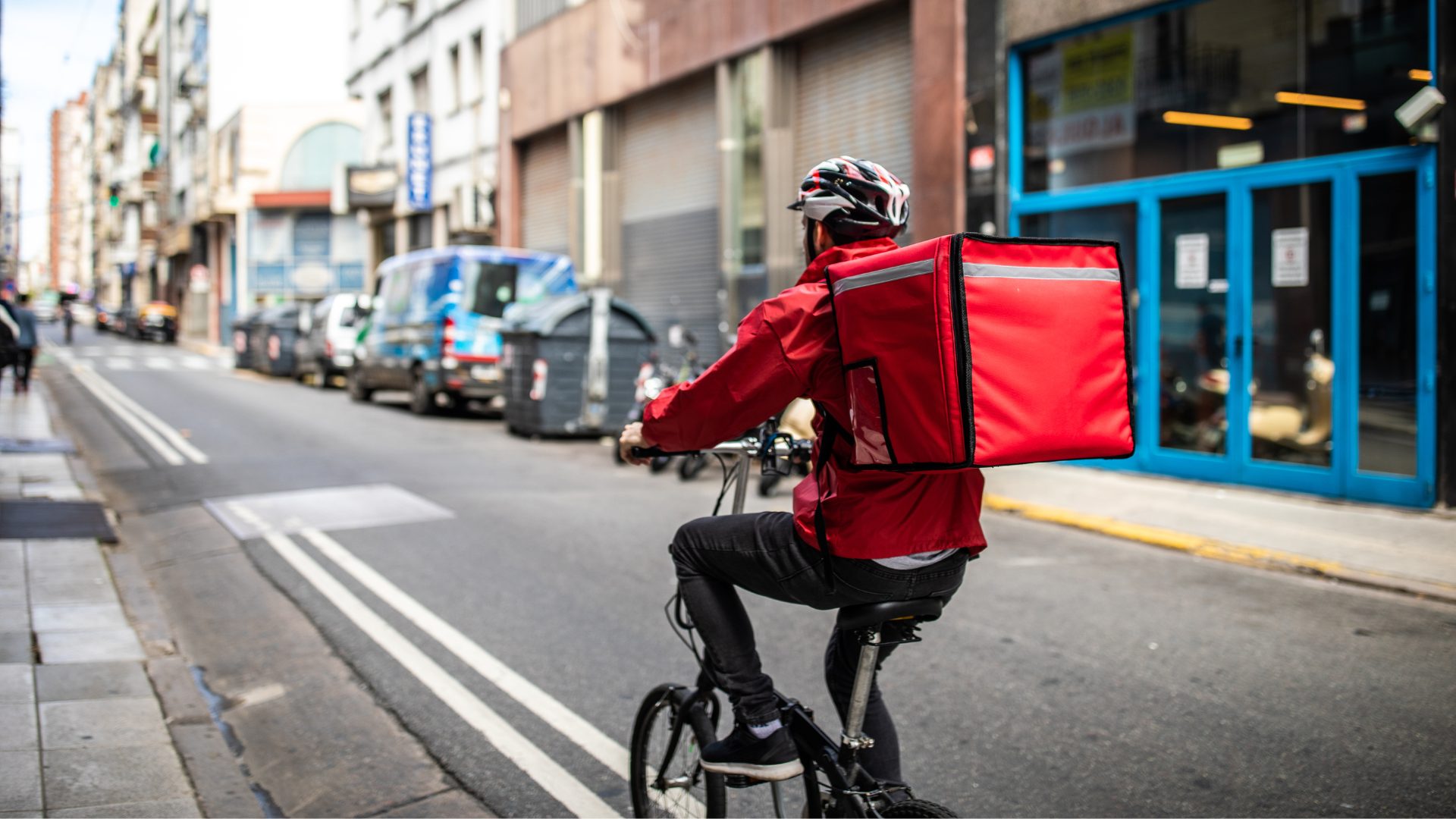AI is inspiring a revolution within the food and beverage industry. That’s the truth the industry is confronting after the headline-grabbing launch of an AI ad campaign by Teriyaki Madness. Spoiler: no humans were harmed in this one.
Market analysts project the use of AI in food and beverage to soar from $10.8 billion currently to $50.6 billion by 2030.
This represents a major infrastructure shift, touching nearly every corner of the industry: operations with advances in forecasting and logistics, manufacturing through AI-assisted formulation and flavor development, retail, and foodservice – where smart menus, demand prediction, and pricing optimization are becoming standard. Not to mention marketing and advertising, now driven by predictive targeting, personalized messaging, and AI-generated messaging.
Soon, AI advertising will be leveraged, beyond creative marketing, as an economic infrastructure.
Being Memorable Beats Being First
“Never be the first,” is smart advice for any lifestyle industry innovator. Trendsetting can carry more risk than reward in today’s ruthless media cycles, where any defunct campaign can end in backlash; audiences today mobilize faster than brand teams can recover.
The food sector, in particular, is notorious for chasing shiny things: completely plant-based menus one year, NFT tacos the next.
So, you can imagine the potential (risk) when Teriyaki Madness revealed its latest campaign, which uses AI-generated everything – actors, voiceovers, sets, even lighting. The only real object was the piping hot teriyaki bowl anchoring each scene.
The ad is a study in AI’s current strengths and weaknesses.
The ad moves with electric pace; the mood, energy, and absurdity are calibrated perfectly for short-form attention. Yet, in the same frames where AI achieves action-hero rhythm, it falters in detail. Cheerleader uniforms read “MUD…” instead of “MADNESS,” and human hands are slightly distorted, clear proof that AI still struggles with anatomical accuracy and text coherence.
These flaws don’t ruin the commercial; they’re nearly invisible to the casual viewer, but to trained eyes they mark the limitations of the technology.
Teriyaki Madness deliberately traded perfection for speed, reallocating traditional production budgets into media buying and creative testing. The result is both an ad and an experiment. The brand team isn’t just testing the limits of generative video; they’re measuring how much imperfection modern audiences will tolerate when the story lands. It’s a calculated risk that positions AI as a new form of visual language still learning how to spell.
Heinz approached AI from a different angle, as a brand amplifier, inviting audience participation. First, the brand asked an AI engine to ‘imagine ketchup in every possible world;’ ketchup in space, ketchup as a superhero, ketchup in a museum. The image results were imperfect but instantly as recognizable as Heinz, proving that even an algorithm sees the brand as the category leader.
Next, they handed that same AI tool to consumers. Within days, social platforms filled with user-generated ketchup art. Paid media could never promise that level of earned reach or brand engagement.
Hollywood is Sweating
Traditional advertising runs on scarcity like limited ad slots, long lead times, production costs.
AI runs on limitless creative, instant iteration, and near-zero cost. This changes who holds the power.
A five-figure commercial can now be built by a high-schooler with Midjourney and ChatGPT over one weekend.
So yes, agencies should be nervous. But brands should be excited. Every dollar saved through AI-driven production can now move downstream into R&D, sustainable packaging, or menu innovation. Better targeting means stronger margins; stronger margins mean reinvestment and in what matters: people, products, and performance.
Soon, if not already, AI advertising will be leveraged, beyond creative marketing, as an economic infrastructure.
AI magnifies performance, for better or worse. If your product’s strong, clean, smart positioning, AI will amplify it. If the value is weak, AI will expose it.
Instead of spending $30,000 on glossy visuals, imagine redirecting that money toward transparent labels, cleaner formulas, or better service training. AI makes that reallocation possible, and there will be an expectation that organizations leverage these savings to fuel better margins, better menus, and better jobs for people.
AI is becoming the quiet ingredient shaping how food is made, sold, and shared. The companies that treat it to reinvest in quality, transparency, and human connection will thrive in the next 5 years as early adopters.
And, while the technology may be radically different than decades past, success will still be contingent on consumers deciding what tastes and feels right.
About the author: Ella Parlor is a veteran beverage and brand marketing executive whose career spans national account leadership, innovation strategy, and cultural partnerships across global Fortune 500 and emerging brands. She writes for The Food Institute on how marketing behaviors act as leading indicators of financial health across the food and beverage industry.
Food for Thought Leadership
Is the future of flavor increasingly borderless? Valda Coryat, vice president of marketing for condiments and sauces at McCormick, reveals how curiosity powers McCormick’s flavor foresight, why segmentation by “flavor personality” matters, and how flavors are becoming more culturally driven.


